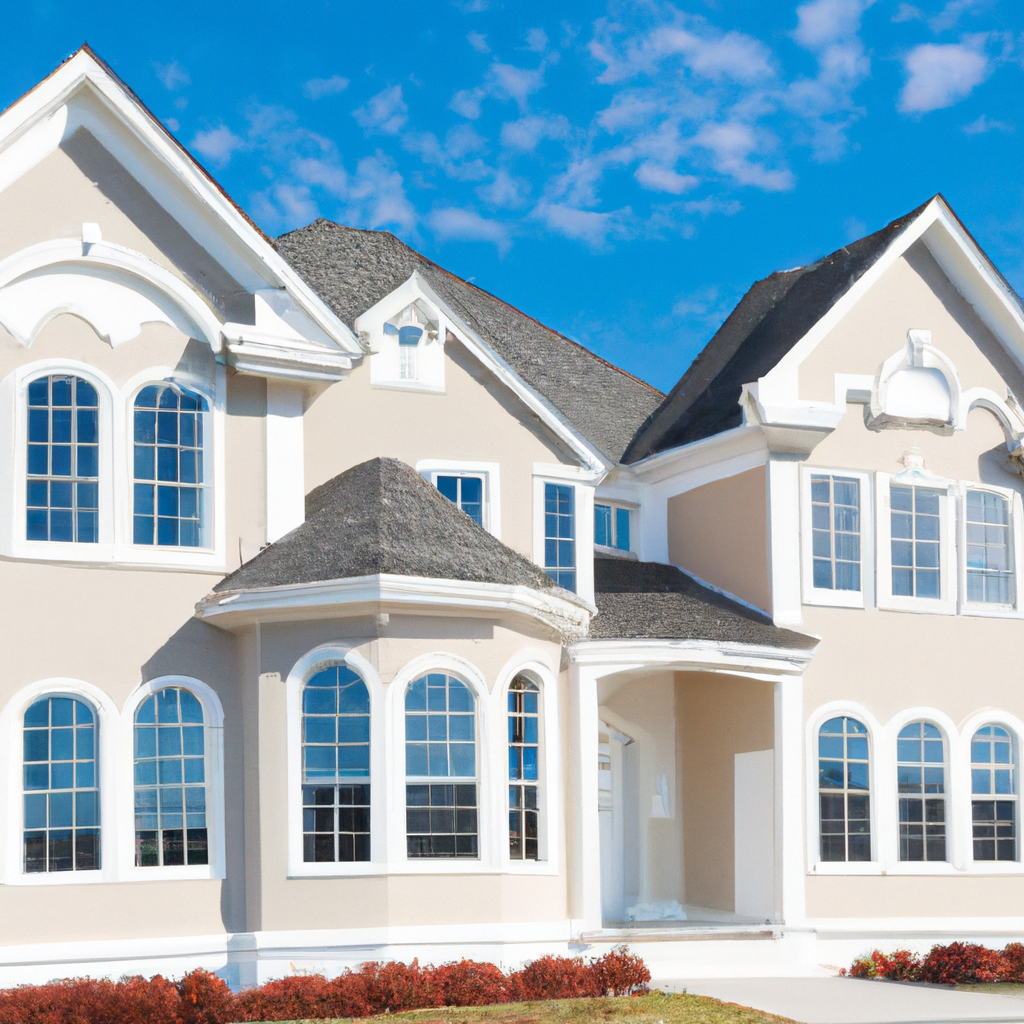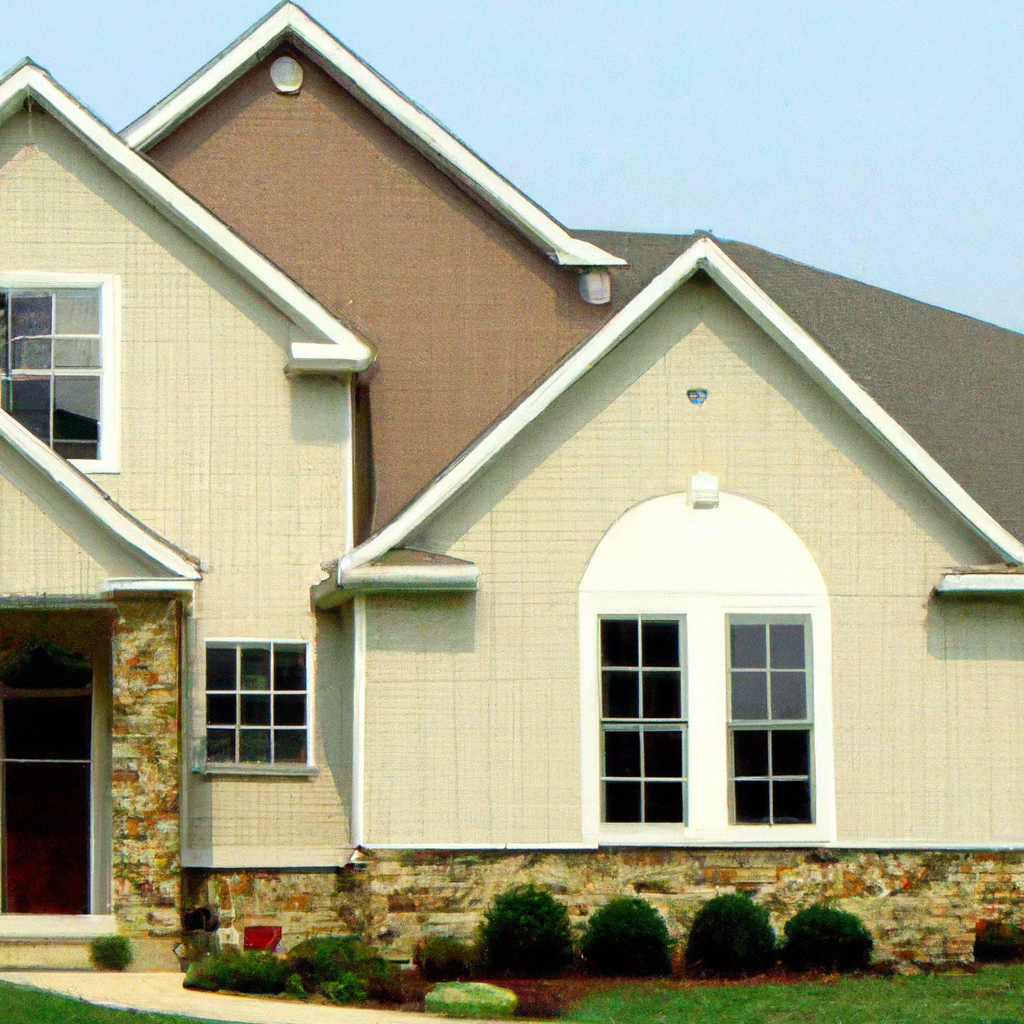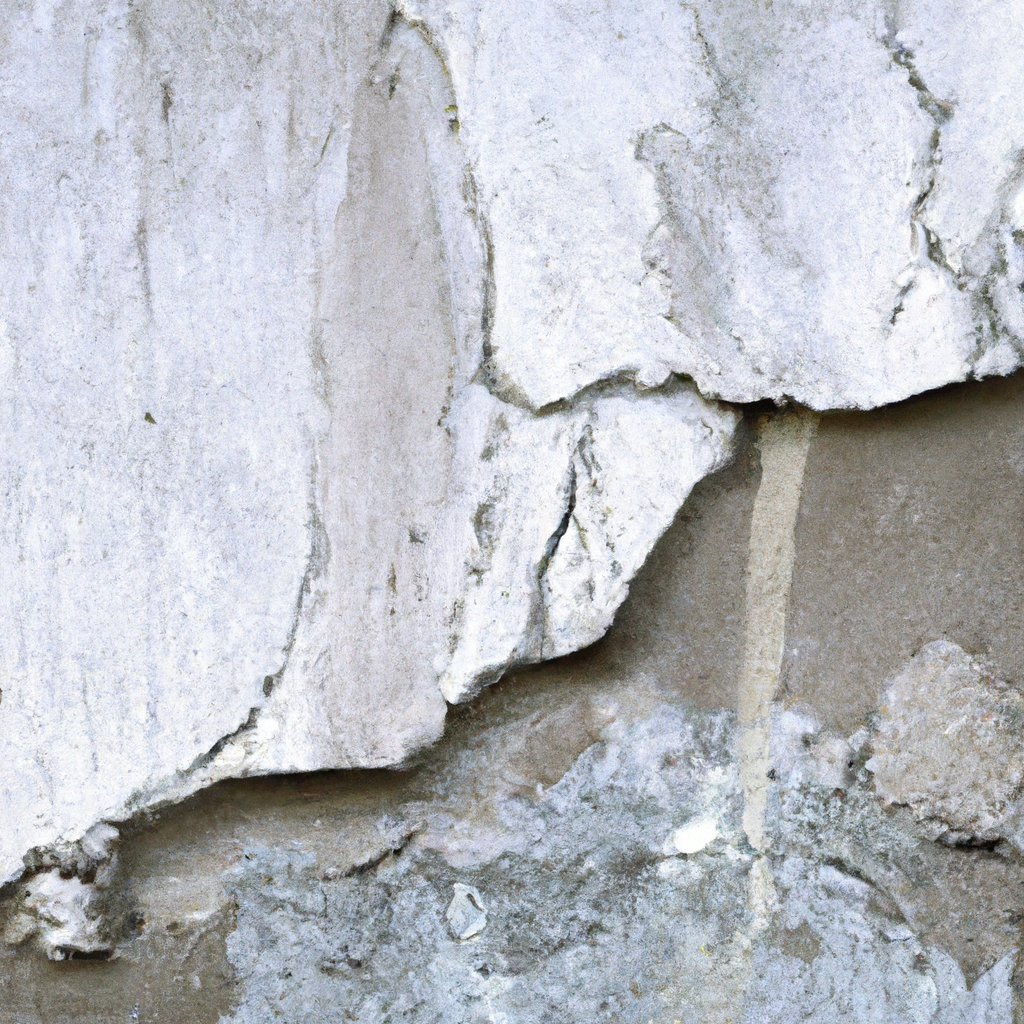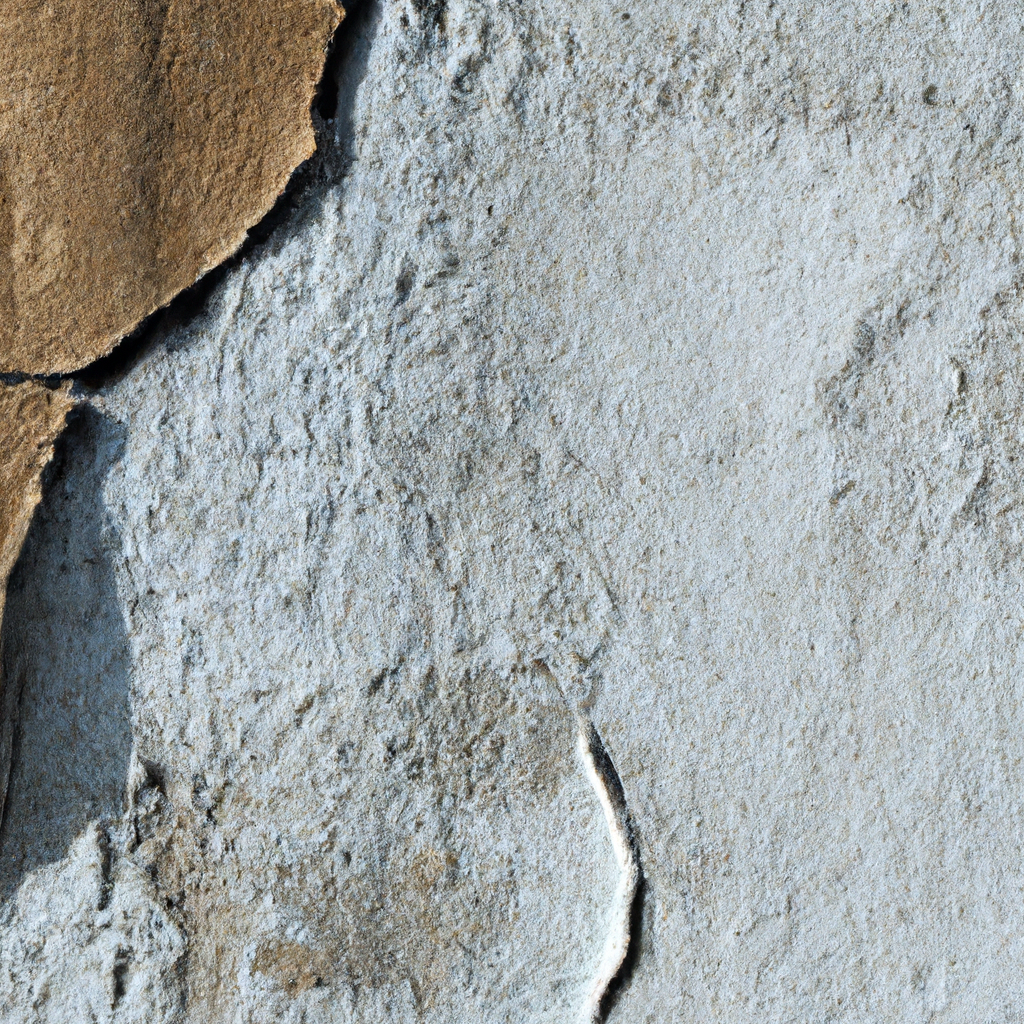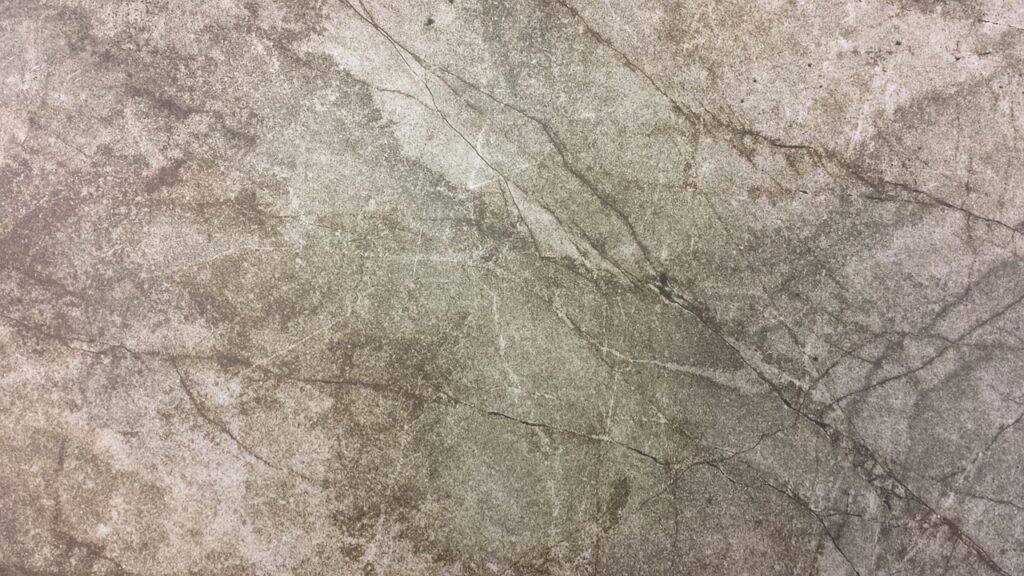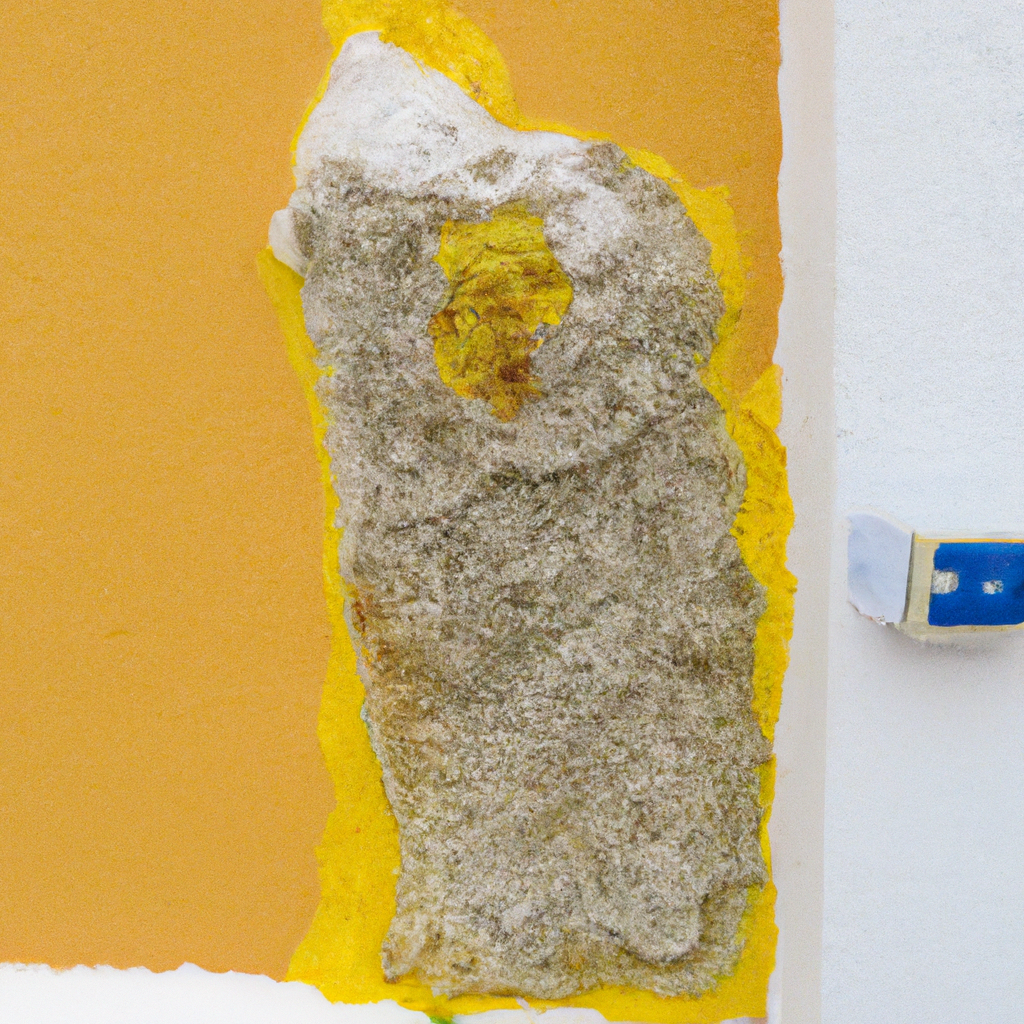Maintaining your stucco is crucial for preserving its beauty and longevity. Whether your stucco has been standing tall for years or you have recently had it installed, proper maintenance is key to ensure its continued appeal and protection. From preventing cracks and water damage to addressing discoloration and fading, this article explores the essential tips and techniques for keeping your stucco in pristine condition. Discover the secrets to a long-lasting and stunning stucco exterior with our comprehensive maintenance guide.
What is Stucco
Definition of stucco
Stucco is a type of exterior wall finish that is made from a mixture of cement, sand, and water. It is applied in multiple layers to create a smooth and durable coating on the surface of buildings. Stucco has been used for centuries and is known for its versatility and ability to withstand different climates and weather conditions. It is commonly used in both residential and commercial buildings and is known for its aesthetic appeal.
Common uses of stucco
Stucco is a popular choice for exterior finishes on a wide range of buildings. It is commonly used in residential homes, commercial buildings, and even historical structures. Stucco can be applied to a variety of surfaces, including concrete, wood, and metal. It is used to create a seamless and uniform appearance on the exterior of buildings, providing both functional and decorative benefits. Stucco can be used on entire buildings or on specific architectural features, such as columns, arches, and decorative moldings.
Benefits of using stucco for buildings
There are several benefits to using stucco as an exterior finish for buildings. One of the main advantages is its durability. Stucco is known for its ability to withstand harsh weather conditions, including extreme temperatures, heavy rain, and wind. It is also resistant to fire and pests, making it a popular choice for areas prone to wildfires or termite infestations. Additionally, stucco is low-maintenance, requiring minimal upkeep and repairs compared to other exterior finishes. It is also energy-efficient, providing insulation against both heat and cold, helping to reduce heating and cooling costs. Stucco is also versatile in terms of design, as it can be customized with different textures, colors, and finishes to create unique and visually appealing exteriors.
Signs of Stucco Damage
Cracks in the stucco
One of the most common signs of stucco damage is the presence of cracks on the surface. Cracks can occur due to a variety of factors, including settlement, expansion and contraction of the building materials, or improper installation. It is important to regularly inspect the stucco for any visible cracks, as they can lead to water intrusion and further damage if not addressed promptly.
Blistering or bubbling
Blistering or bubbling can occur on the surface of the stucco and is often a sign of moisture trapped beneath the stucco layers. This can be caused by improper installation, lack of proper moisture barriers, or water penetration from the surrounding areas. If left unattended, blistering or bubbling can lead to more serious damage, including mold growth and deterioration of the stucco.
Efflorescence
Efflorescence is a white, powdery substance that can appear on the surface of the stucco. It is caused by the migration of salts to the surface of the stucco due to water penetration. Efflorescence is not only unsightly but can also indicate underlying water issues that need to be addressed to prevent further damage to the stucco.
Discoloration or staining
Discoloration or staining on the surface of the stucco can be caused by a variety of factors, including exposure to environmental pollutants, moisture intrusion, or the growth of mold and algae. These stains can be unsightly and can diminish the overall appearance of the building. Addressing the cause of the discoloration and applying appropriate cleaning methods can help restore the stucco to its original condition.
Water damage
Water damage is a serious issue for stucco and can lead to significant structural damage if not addressed promptly. Signs of water damage can include peeling or flaking of the stucco, mold or mildew growth, and a damp or musty smell. It is crucial to identify and address the source of water intrusion to prevent further damage and potential health hazards.
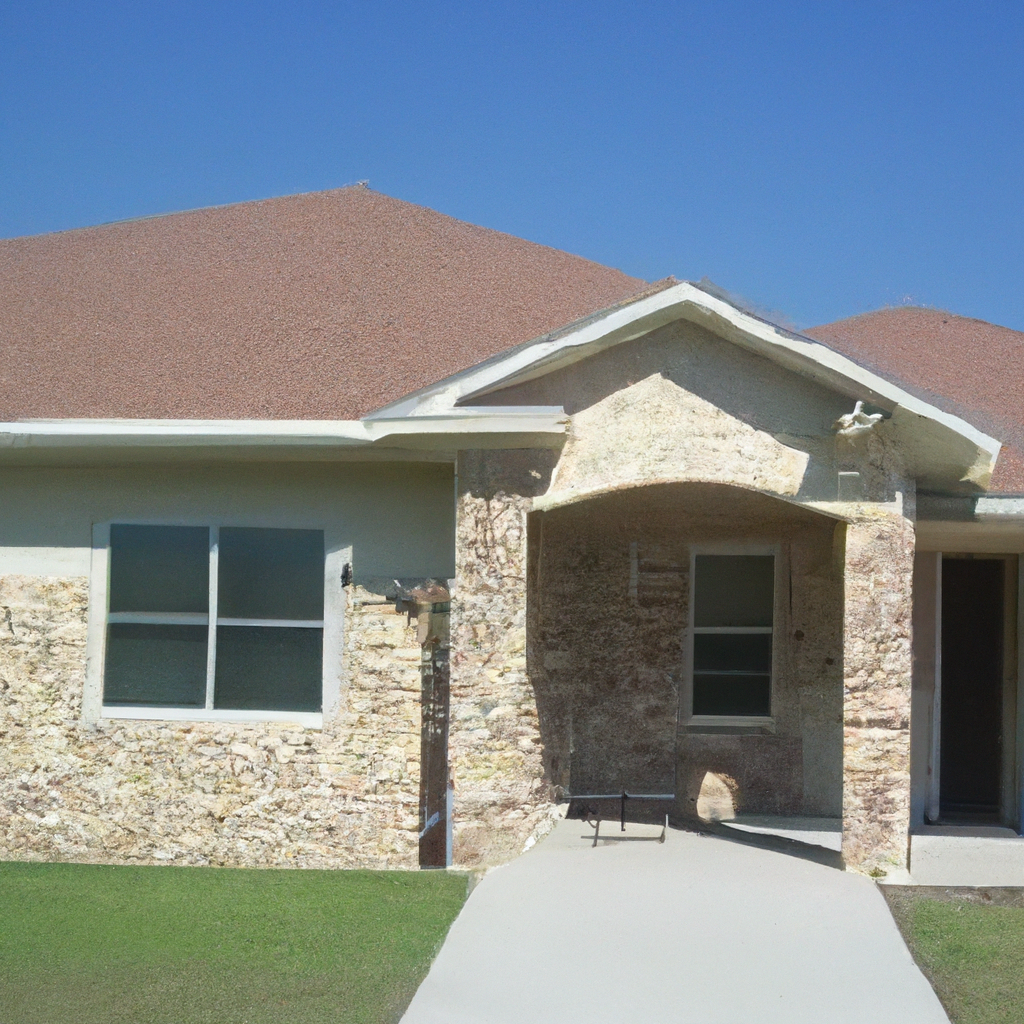
Preventive Measures
Regular cleaning
Regular cleaning of the stucco surface is essential to prevent the accumulation of dirt, debris, and pollutants. This can be done using a soft brush or a low-pressure power washer. Avoid using abrasive cleaners or high-pressure washing, as this can damage the stucco surface. Cleaning the stucco at least once a year can help maintain its appearance and prevent the buildup of contaminants that can lead to discoloration or staining.
Sealing the stucco
Applying a protective sealant to the stucco surface can help enhance its durability and resistance to moisture penetration. A high-quality stucco sealant should be applied according to the manufacturer’s instructions, typically every few years. This can help prevent cracks, water damage, and the growth of mold and algae.
Proper drainage and moisture control
Ensuring proper drainage around the building is crucial in preventing water damage to the stucco. Make sure that downspouts and gutters are clear of debris and functioning properly. Redirect water away from the building’s foundation to avoid water pooling around the stucco walls. Proper moisture control inside the building, such as using dehumidifiers or ventilation systems, can also help prevent moisture-related issues with the stucco.
Maintaining the surrounding landscape
The landscape surrounding the building can have a significant impact on the health and condition of the stucco. Trim trees and shrubs near the stucco walls to prevent excessive moisture buildup and reduce the risk of damage from falling branches. Avoid planting dense vegetation directly against the stucco as it can hinder proper airflow and create favorable conditions for mold or algae growth.
Protecting the stucco from physical damage
Take precautions to protect the stucco from physical damage, such as impacts from objects or frequent contact with abrasive materials. Install protective barriers, such as railings or fences, to prevent accidental damage. Be mindful of activities near the stucco walls that may cause scratches, dents, or other forms of physical damage.
Cleaning Stucco
Materials needed
To clean stucco, you will need the following materials:
- Soft bristle brush
- Mild detergent or stucco cleaner
- Bucket
- Garden hose with a spray nozzle
- Safety goggles
- Gloves
- Long-sleeved shirt
Safety precautions
Before cleaning stucco, it is important to take certain safety precautions. Wear safety goggles to protect your eyes from any debris or splashes. Consider wearing gloves and a long-sleeved shirt to protect your hands and arms from any chemicals or rough surfaces. Make sure the area is well-ventilated and avoid cleaning on windy days to prevent any chemicals from being blown into your face.
Step-by-step cleaning process
- Prepare the cleaning solution: Mix a mild detergent or stucco cleaner with water in a bucket according to the manufacturer’s instructions. Avoid using abrasive cleaners or bleach, as they can damage the stucco.
- Wet the stucco: Use a garden hose with a spray nozzle to wet the stucco surface. This will help loosen any dirt or debris.
- Scrub the surface: Dip the soft bristle brush into the cleaning solution and scrub the stucco in a circular motion. Focus on areas with visible stains or discoloration. Apply gentle pressure to avoid damaging the stucco.
- Rinse off the cleaning solution: Rinse the stucco thoroughly with the garden hose to remove the cleaning solution. Make sure all traces of the detergent or cleaner are removed.
- Allow the stucco to dry: Let the stucco air dry completely before applying any sealant or paint. This will ensure that moisture is not trapped and prevent further damage.
Removing stains and discoloration
Some stains and discoloration may be more stubborn and require additional cleaning methods. For example, if there are rust stains on the stucco, a commercial rust stain remover may be needed. Always follow the instructions provided by the manufacturer of the stain remover and test it on a small, inconspicuous area of the stucco before applying it to the entire surface.
Preventing moss and algae growth
To prevent the growth of moss and algae on stucco, regularly clean the surface and remove any organic matter, such as leaves or debris, that may accumulate on it. Trim trees or plants that may create shade and retain moisture, as moss and algae thrive in damp, shaded areas. Additionally, consider applying an algae-resistant coating or sealant to the stucco, as this can help inhibit the growth of moss and algae.

Repairing Stucco Cracks
Identifying the types of cracks
Before repairing stucco cracks, it is important to identify the types of cracks present. Common types of cracks include hairline cracks, which are thin and shallow, and larger cracks that may be deeper or wider. Each type of crack may require different repair techniques and materials.
Preparing the surface for repair
To prepare the surface for repair, start by cleaning the crack and removing any loose debris or material. Use a wire brush or scraper to gently scrape along the crack, ensuring that the edges are clean and free from any loose stucco. This will provide a better surface for the repair materials to adhere to.
Choosing the right repair materials
The type of repair material you choose will depend on the size and depth of the crack. For hairline cracks, a stucco patching compound or acrylic caulk may be sufficient. Larger cracks may require a stucco repair mix or a specialized patching mortar. Consult with a professional or the manufacturer’s instructions to determine the best repair material for your specific situation.
Step-by-step crack repair process
- Apply a bonding agent: Before applying any repair material, brush a bonding agent along the edges of the crack. This will help improve the adhesion of the repair material to the existing stucco.
- Fill the crack: Using a putty knife or trowel, fill the crack with the appropriate repair material. Smooth out the surface and ensure that the repair material is flush with the surrounding stucco.
- Allow the repair material to dry: Follow the manufacturer’s instructions for drying time. It is important to give the repair material enough time to dry and cure properly.
Finishing and blending the repaired areas
After the repair material has dried, use a float or sponge to feather the edges of the repaired area, blending it with the surrounding stucco. This will help create a seamless appearance and ensure that the repair is not noticeable. If necessary, apply a fresh coat of paint or an appropriate finish to match the surrounding stucco.
Dealing with Water Damage
Identifying water damage signs
Water damage can have serious consequences for stucco and should be addressed as soon as possible. Signs of water damage include peeling or flaking of the stucco, mold or mildew growth, a damp or musty smell, and discoloration on the surface. It is important to carefully inspect the stucco for any signs of water intrusion to determine the extent of the damage.
Fixing the source of water intrusion
The first step in dealing with water damage is to identify and fix the source of water intrusion. Common sources of water intrusion include damaged or missing caulking, cracked or deteriorated stucco, and improper flashing or sealing around windows and doors. It may be necessary to hire a professional to help locate and fix the source of water intrusion.
Drying out the affected area
Once the source of water intrusion has been fixed, it is important to dry out the affected area to prevent further damage and the growth of mold or mildew. This can be done by using fans or dehumidifiers to circulate air and reduce moisture levels. If necessary, remove any wet insulation or drywall to facilitate the drying process.
Repairing water-damaged stucco
To repair water-damaged stucco, start by removing any loose or damaged material. Use a wire brush or scraper to gently remove the damaged stucco, ensuring that all loose particles are removed. Apply a bonding agent to the exposed surface, then fill the damaged area with stucco patching compound or a specialized repair mix. Smooth out the surface and allow it to dry completely before finishing and blending with the surrounding stucco.
Preventing future water damage
To prevent future water damage, it is important to maintain proper drainage around the building, regularly inspect the stucco for any signs of damage or water intrusion, and address any issues promptly. Ensure that the gutters and downspouts are clear of debris and directing water away from the building. Consider installing or repairing proper flashing around windows and doors to prevent water penetration.
Maintaining Stucco in Different climates
Stucco maintenance in dry climates
In dry climates, stucco can be susceptible to drying out and becoming brittle. To maintain stucco in dry climates, it is important to regularly inspect the surface for any signs of cracking or damage. Apply a protective sealant every few years to enhance its resistance to moisture penetration. Consider using a vapor barrier behind the stucco to help regulate moisture levels.
Stucco maintenance in humid climates
In humid climates, stucco can be prone to moisture-related issues, such as mold or algae growth. Regular cleaning and removal of organic matter, such as leaves or debris, can help prevent the growth of mold and algae. Provide adequate ventilation or install dehumidifiers inside the building to control moisture levels. Coat the stucco with an algae-resistant sealant to inhibit the growth of moss and algae.
Stucco maintenance in cold climates
In cold climates, stucco can be susceptible to freeze-thaw damage. Ensure that the stucco surface is free from any cracks or openings that can allow water to penetrate and freeze. Properly insulate the building to reduce the risk of condensation and moisture buildup inside the walls. Consider using a vapor-permeable, weather-resistant barrier behind the stucco to provide additional protection.
Stucco maintenance in coastal areas
In coastal areas, stucco is exposed to salt air and high humidity, which can cause corrosion and deterioration. Regular cleaning and removal of salt deposits can help prevent damage. Misting the stucco surface with fresh water can help dilute and remove salt residue. Apply a high-quality sealant or coating specifically designed for coastal environments to protect the stucco from salt air and moisture.
Inspecting Stucco Regularly
Recommended frequency of inspections
Regular inspections of stucco are essential to identify any signs of damage or potential issues before they worsen. It is recommended to inspect the stucco at least once a year, preferably in the spring or fall when weather conditions are mild. Additionally, perform inspections after severe weather events or if any changes or renovations have been made to the building.
Checking for signs of damage
During inspections, carefully check the stucco for any signs of damage, such as cracks, blistering, peeling, or discoloration. Pay attention to areas where water may collect, such as around windows, doors, or near the foundation. Look for signs of water intrusion, mold or mildew growth, or any changes in the texture or appearance of the stucco.
Identifying potential problem areas
Certain areas of the building may be more prone to stucco damage or water intrusion. Pay close attention to areas where the stucco meets other materials, such as windows, doors, or roofs. Check for proper flashing and sealing around these areas to prevent water penetration. Inspect areas near landscaping features or drainage systems that may create conditions for moisture buildup or water intrusion.
Hiring a professional stucco inspector
If you are unsure about how to inspect the stucco or if you suspect there may be hidden damage, it is recommended to hire a professional stucco inspector. A professional will have the expertise and knowledge to thoroughly inspect the stucco and identify any underlying issues. They can also provide recommendations for repairs or maintenance to ensure the longevity and durability of the stucco.
Repairing Peeling or Blistering Stucco
Causes of peeling or blistering
Peeling or blistering of the stucco can occur due to various factors, including water intrusion, poor installation, or the use of low-quality materials. Improper or inadequate surface preparation before applying the stucco can also contribute to peeling or blistering. It is important to identify and address the underlying cause of the issue to prevent further damage.
Preparing the surface for repair
To prepare the surface for repair, start by cleaning the area and removing any loose or damaged stucco. Use a wire brush or scraper to gently scrape along the peeling or blistering area, ensuring that the edges are clean and free from any loose material. This will provide a better surface for the repair materials to adhere to.
Applying new stucco
After preparing the surface, apply a bonding agent to promote adhesion between the existing and new stucco. Use a trowel to apply a fresh layer of stucco to the damaged area, ensuring that it is evenly applied and matches the texture of the surrounding stucco. Smooth out the surface and allow it to dry completely.
Blending the repaired area with the existing stucco
To create a seamless appearance, blend the repaired area with the existing stucco. Use a float or sponge to feather the edges of the repaired area, gradually blending it with the surrounding stucco. This will help create a uniform texture and ensure that the repair is not noticeable.
Avoiding common mistakes in stucco repairs
When repairing peeling or blistering stucco, it is important to avoid common mistakes that can compromise the integrity of the repair. These mistakes include using the wrong repair materials, insufficient surface preparation, applying the new stucco too thick or too thin, or not allowing sufficient drying time. Following proper repair techniques and consulting with a professional if needed can help ensure successful and long-lasting repairs.
Evaluating Stucco Lifespan
Factors affecting stucco durability
Several factors can influence the lifespan and durability of stucco. These include the quality of the materials used, proper installation techniques, exposure to harsh weather conditions, maintenance practices, and the overall condition of the building. Stucco that is well-designed, properly installed, and maintained can last for several decades.
Signs indicating the need for a stucco replacement
There are certain signs that may indicate the need for a stucco replacement. These signs include extensive cracking, widespread water damage, severe deterioration, or the presence of mold or rot. If the stucco is beyond repair or poses significant structural or aesthetic concerns, it may be necessary to consider a complete stucco replacement.
Factors to consider when choosing a stucco professional
Choosing the right stucco professional is crucial for a successful stucco installation or replacement. Consider the following factors when selecting a stucco professional:
- Experience and expertise: Look for professionals with a proven track record and extensive experience in working with stucco. They should have a deep understanding of stucco materials, installation techniques, and repair methods.
- Licensing and certifications: Ensure that the stucco professional is licensed and holds relevant certifications. This demonstrates their commitment to quality and adherence to industry standards.
- References and reviews: Ask for references or read reviews from previous clients to gauge the quality of the professional’s work and their level of customer satisfaction.
- Insurance and warranties: Verify that the stucco professional carries liability insurance and offers warranties on their work. This provides protection in case of any unforeseen issues or defects.
- Communication and professionalism: Choose a stucco professional who communicates clearly, listens to your concerns, and is professional in their interactions. Good communication ensures that your expectations are met and any potential issues are addressed promptly.
Lengthening the lifespan of stucco
To prolong the lifespan of stucco, regular maintenance and proper care are essential. This includes regular inspections, prompt repairs of any damage or water intrusion, cleaning to remove dirt and debris, and applying a protective sealant every few years. Avoiding harsh chemical cleaners or abrasive materials and implementing preventive measures, such as proper drainage and moisture control, can also help extend the lifespan of stucco.
In conclusion, stucco is a versatile and durable exterior wall finish that offers many benefits for buildings. Regular inspections, proper maintenance, and prompt repairs are key to ensuring the longevity and sustainability of stucco. By following preventive measures, cleaning stucco regularly, and addressing any signs of damage or water intrusion promptly, you can enjoy the aesthetic and functional benefits of stucco for many years to come.
